Magic: The Gathering (MTG) has captivated players worldwide since its inception in 1993, offering a rich, strategic gameplay combined with impressive artwork and an immersive fantasy lore. As the game evolved, so did the introduction of various starter sets designed to welcome and engage newcomers to the MTG universe. This essay delves into the fascinating journey of MTG starter sets and serves as a comprehensive guide for those seeking to become part of this enthralling gaming community.
History of MTG Starter Sets
Magic: The Gathering Starter Sets
Developed in 1993 by mathematician and game designer Richard Garfield, Magic: The Gathering (MTG) has become one of the most popular collectible card games in the world. The first-ever MTG set, Alpha, was sold in the form of starter sets and booster packs. A starter set typically includes a pre-constructed deck of cards, while booster packs contain an assortment of random cards that players can use to customize their decks. Each set of Magic cards introduces new mechanics, themes, and lore to the game, keeping players engaged and excited for upcoming releases.
The Evolution of MTG Starter Sets
In the early days of Magic: The Gathering (MTG), starter sets were often referred to as ‘Theme Decks’ or ‘Preconstructed Decks.’ These decks were designed to be an entry point for new players, containing a mix of cards that demonstrated the core mechanics and themes of each set. By playing with these preconstructed decks, players could quickly learn the fundamentals of the game and become familiar with the unique aspects of each set. Over time, MTG starter sets evolved to better cater to the needs of both new and experienced players.
One of the significant milestones in the history of MTG starter sets came in 1999 with the release of ‘Portal,’ a simplified version of Magic aimed at new players. This set featured Starter Decks, each containing a 35-card deck and a 15-card booster pack. Unlike traditional Magic, Portal’s card pool did not include Instants, Enchantments, or complex mechanics that might be confusing to beginners. Portal was later replaced by the ‘Welcome Deck,’ which consisted of two 30-card sample decks given to players at events to teach them the game.
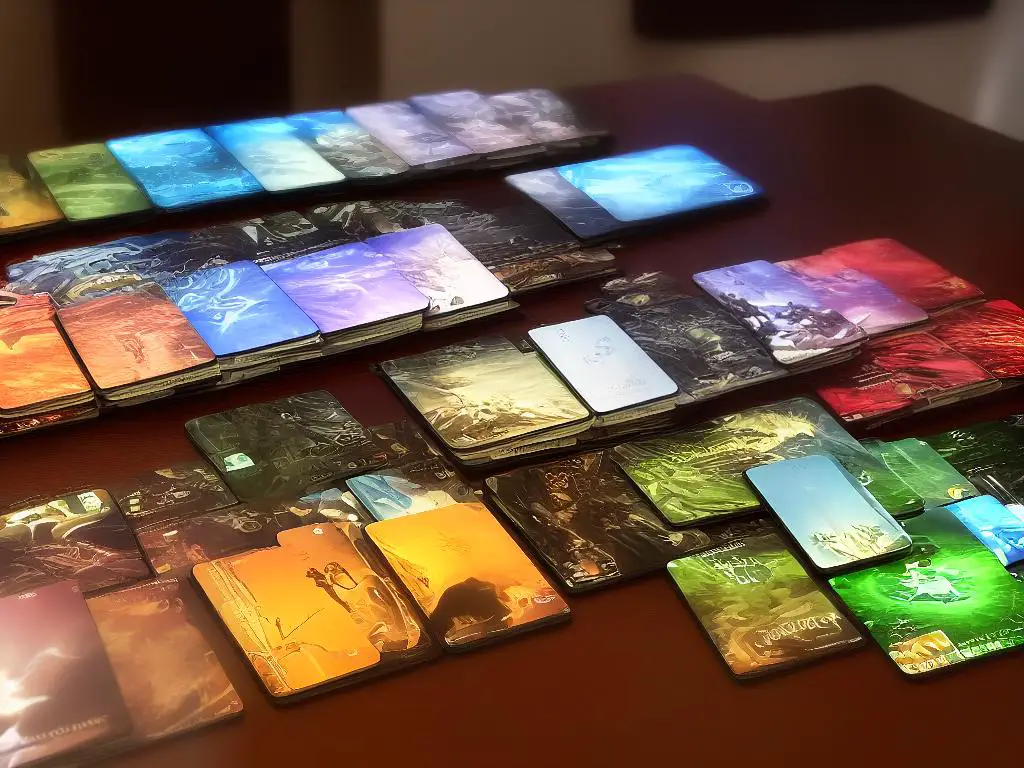
Types of Starter Sets
Welcome Decks
Welcome Decks serve as an excellent starting point for newcomers to Magic: The Gathering (MTG). These decks introduce players to the game mechanics and provide a basic understanding of various cards and strategies. Each Welcome Deck is composed of 30 cards representing one of the five colors in MTG – white, blue, black, red, and green. These monocolored decks are typically distributed for free at local game stores and are perfect for complete beginners looking to develop their skills and understanding of the game. Additionally, Welcome Decks often include cards from current and recent sets, encouraging players to explore the latest expansions and immerse themselves in the game’s evolving storyline.
Planeswalker Decks
Planeswalker Decks are another excellent option for those just starting out or looking to expand their collection. These preconstructed decks are designed around specific Planeswalker cards, which are powerful characters in the MTG universe. Each Planeswalker Deck is built to showcase the abilities and strategies of its featured Planeswalker, allowing players to dive deep into the game’s lore and engage with popular characters. Planeswalker Decks come in varied color combinations and cater to different play styles, making them suitable for both beginners and intermediate players. They also contain unique cards that are not found in the main set releases, providing an additional incentive for collectors.
Deck Builder’s Toolkit
For players who have some experience with MTG but are looking to build their card collection and experiment with deckbuilding, the Deck Builder’s Toolkit provides an excellent foundation. Each Toolkit includes a mix of 125 semi-randomized cards from recent sets, along with 100 basic lands to ensure that players have the essential mana required for gameplay. Additionally, the Toolkit contains four booster packs to further expand the player’s collection and variety of cards. The Deck Builder’s Toolkit is an ideal product for those who wish to experiment with deck-building and customize their decks according to their preferred play styles and strategies.
Commander Decks
For those who prefer playing multiplayer games and want to focus on a more social and casual aspect of MTG, the Commander format offers pre-constructed decks that cater to this unique and popular variant of the game. The Commander Decks include 100 cards, following specific deck-building rules and led by a legendary creature or Planeswalker card acting as the “Commander.” This format encourages creative deck-building and focuses on the fun and interactive aspects of the game. It is great for players who have some experience with MTG and want to explore a more casual and social side of the game.
Challenger Decks
If diving into the competitive side of Magic: The Gathering (MTG) interests you, Challenger Decks serve as the perfect starting point. Designed with powerful cards and popular strategies in mind, these preconstructed decks cater to those participating in the Standard format. Although they cater to competitive players, Challenger Decks also offer insightful learning experiences on deck-building strategies and card synergies.
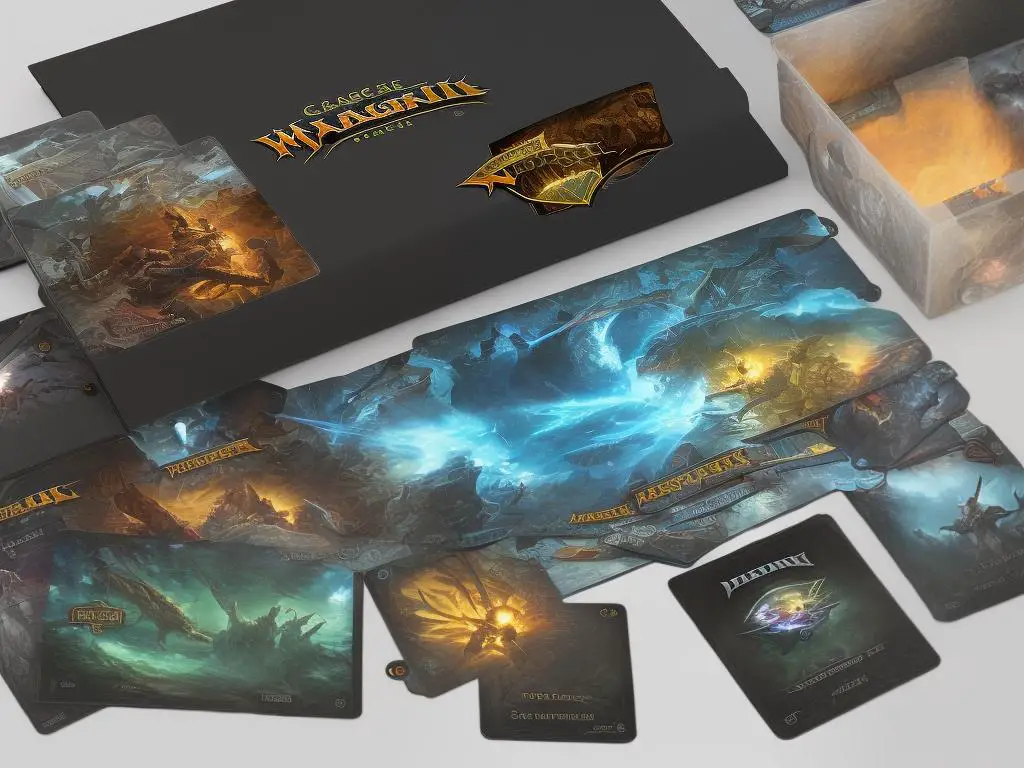
Selecting the Right Starter Set
Magic: The Gathering Starter Set Guide
Selecting an MTG starter set can seem daunting for newcomers. This guide will help you make an informed decision based on your experience level, interests, and playing style. Customize your MTG journey, and navigate through the enchanting world of this trading card game that has captivated players since 1993.
Determine Your Familiarity with MTG
Start by considering your MTG experience level. For beginners, a Magic: The Gathering Starter Kit is ideal. It usually includes two 60-card decks, a quick-start guide, and essential rules and instructions. These kits introduce basic game mechanics and strategies. More advanced players can choose between a Planeswalker Deck or a Challenger Deck, both designed with slightly more intricate strategies and card synergies. Planeswalker Decks cater to casual gameplay, while the Challenger Decks target players ready to participate in competitive play.
Consider Your Interests and Personal Preferences
Next, keep your interests and preferences in mind when selecting your starter set. MTG includes five colors, each representing unique elements and characteristics. Determine which colors resonate with your playing style and tastes. For instance, a blue-based deck suits those who prefer controlling the battlefield, while a red-centered deck is great for aggressive tactics. Your preferred colors can guide your choice of a starter set, helping you enjoy the cards and strategies available to you.
Choose your MTG Format
Decide which MTG format appeals to you most: Standard, Modern, or Commander. Standard format, consisting of recent card sets and regular rotations, is perfect for those engaged with the game’s ongoing storylines. Alternatively, Modern format offers a broader range of cards for those who enjoy creating their own decks. For more social and unpredictable gameplay, the multiplayer Commander format features a legendary creature as the centerpiece, adding an extra layer of complexity and strategic depth. Specific starter set recommendations align with your chosen format, playing style, and preferences.
Manage Your Budget Realistically
Lastly, keep your budget in mind when choosing a starter set. While Starter Kits and Planeswalker Decks offer an affordable entry, they may not provide the most competitive edge in tournaments. Budget-conscious players can build their decks from scratch by selecting cards individually, but this approach requires knowledge and experience. Research card and set prices, budget accordingly, and decide which options best suit your gameplay needs. With patience, persistence, and practice, you’ll become adept at selecting the ideal starter set and navigating Magic: The Gathering’s exciting world.
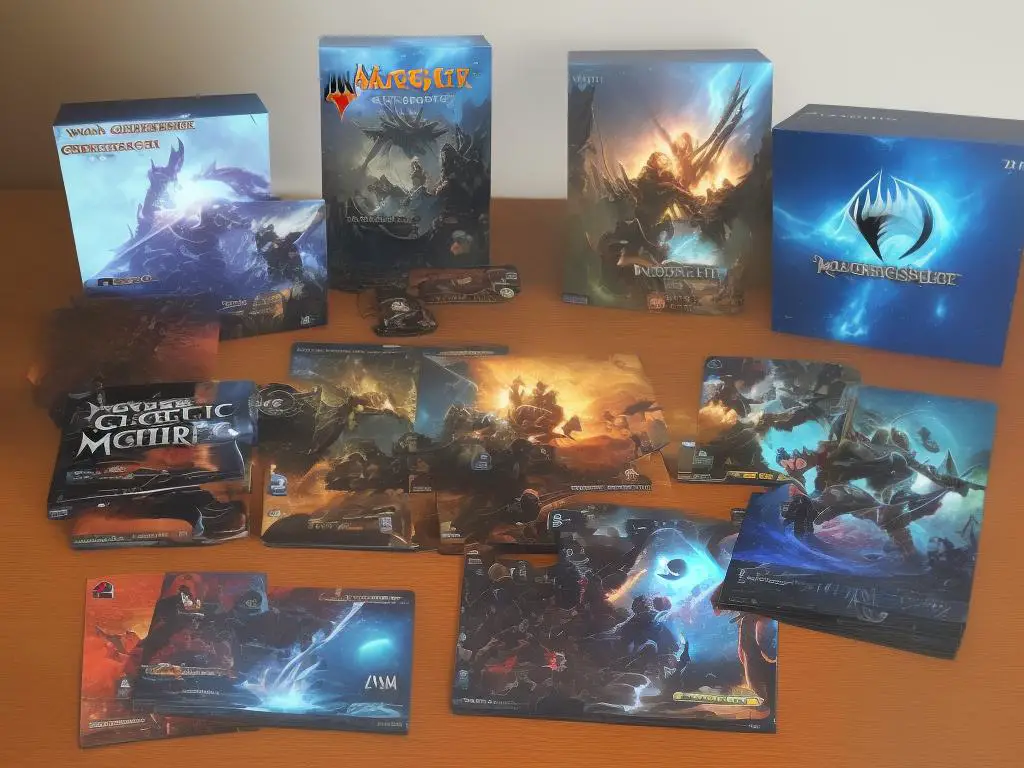
Opening and Evaluating Starter Sets
Exploring Magic: The Gathering Starter Sets
Magic: The Gathering (MTG) starter sets are designed to welcome new players to the game and equip them with a strong foundation to build upon. These sets typically include preconstructed decks, rulebooks, and other guides that assist players in learning the game mechanics and strategies. As you unbox an MTG starter set, it’s crucial to familiarize yourself with the various card rarities, types, and their significance in gameplay, connecting your newfound knowledge with the insights gained from the Starter Set Guide.
Card Rarities
Card rarity is indicated by the color of the expansion symbol on the card: black for commons, silver for uncommons, gold for rares, and red-orange for mythic rares. Starter sets generally include a selection of cards from all rarity levels, with commons making up the bulk of the set and rares or mythic rares being more scarce. Be sure to pay attention to the rare and mythic rare cards, as they often possess more powerful abilities and can provide significant advantages during gameplay.
Card Types
MTG cards can be categorized into several different types, including creatures, spells, artifacts, enchantments, and lands. Creature cards represent warriors, monsters, and other beings that can be summoned to fight by your side, while spells and artifacts provide a variety of effects such as granting abilities to creatures, damaging opponents, or drawing additional cards. Enchantments are ongoing effects that attach to creatures or affect the entire battlefield, while lands generate the mana needed to play most other cards. Developing a balanced mix of these card types within a deck is vital for ensuring consistent and efficient gameplay.
Synergy and Strategy
In addition to understanding the rarity and types of cards in an MTG starter set, it’s important to evaluate the set’s contents in terms of synergy and overall strategy. Look for cards that work well together or have abilities that complement each other, as this can lead to powerful combinations during gameplay. For instance, some cards may boost the power of every other creature in play, while others may allow you to repeatedly bring creatures back from the graveyard to the battlefield.
Color System
An essential aspect of getting started with Magic: The Gathering (MTG) is understanding the game’s color system. Each of the five colors represents different gameplay themes and philosophies. Red focuses on speed and aggression, blue on control and manipulation, green on growth and size, white on protection and order, and black on seeking power at any cost. Every starter set generally showcases a specific color or combination of colors, with cards designed to support their associated strategies. Identifying and playing to the strengths of your deck’s colors creates a strong foundation for success in the world of Magic: The Gathering.

Upgrading and Customizing Starter Sets
As you become more familiar with the color system, you can upgrade and customize your MTG starter set by acquiring new cards that enhance its overall strength, synergy, and competitiveness. You can obtain new cards through booster packs, individual card purchases, or by trading with other players. Participating in local game stores or MTG events can connect you with players to trade cards and learn from them, while buying booster packs from new sets can help you discover novel strategies for your deck. Staying updated on the current metagame, which entails prevalent strategies and deck choices in a particular environment, is crucial when purchasing or trading for new cards, ensuring that these additions positively impact your deck.
Once you have built up your collection, it’s important to consider deck building basics to maximize the effectiveness of the cards you will include. The most important concept when constructing a deck is to maintain a balance of card types such as creatures, instants, and sorceries, as well as having the right number of each type of card to execute your overall game plan. Additionally, sticking to a deck size of 60 cards ensures you have the best chance of drawing the cards you need during gameplay. A good rule of thumb for deck building is to include about 24 lands, 24 creatures, and 12 non-creature spells, adjusting those ratios to better fit your chosen strategy.
While deck building, it’s important to establish a coherent theme or strategy for your deck. Choose cards that work well together and complement one another, while also keeping in mind the possible counter-strategies that may be played by your opponents. Creating a sideboard of 15 cards is an excellent way to account for different matchups, allowing you to adapt your deck to combat specific opponents or situations. Researching popular decks in the competitive scene and observing how experienced players construct their decks can be a fantastic learning tool and can provide inspiration for your own deck building.
When customizing your starter set, focusing on the balance of the deck is essential. You must ensure that your deck has a good distribution of cards across different casting costs or mana curve. This will help you keep a steady pace throughout the game and allow for the best chance of playing cards efficiently each turn. The mana curve should generally consist of low-cost cards that can be played early in the game, along with mid-cost cards to maintain pressure and high-cost cards for game-winning threats.
Before diving into Magic: The Gathering (MTG) starter sets, it’s important to understand the process of upgrading and customizing your deck. Testing it against various opponents is crucial to iterating and refining the choices you make. This allows you to identify potential weaknesses in your deck, assess which cards are underperforming, and make informed decisions on which cards need to be replaced or tweaked to improve your game. This process of trial and error will eventually lead to a more competitive, personalized, and enjoyable deck that paves the way to success in the diverse and ever-evolving world of MTG.
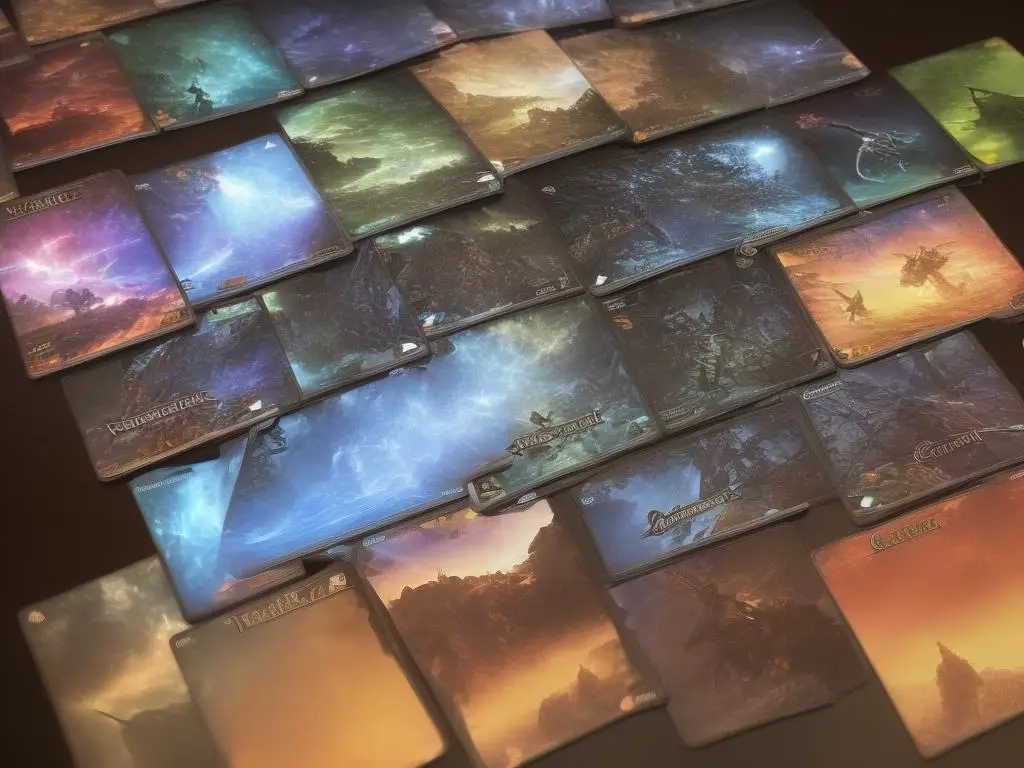
Playing and Learning with Starter Sets
Magic: The Gathering Starter Sets
To begin your MTG journey, starter sets are specifically designed to help new players learn the intricacies of the game and get a grasp of its vast world. Starter sets typically come with pre-constructed decks that showcase the basic mechanics and strategies of the game. They often include two decks, allowing you to easily play with a friend or family member. This provides an opportunity to understand how the game flows and the fundamental aspects of MTG without becoming overwhelmed by the vast card pool and complex interactions that can occur in more advanced games. As you learn, you can gradually work on upgrading and customizing your deck, following the process discussed in the previous paragraph.
Playing and Improving Skills
One of the best ways to practice and improve your skills when starting out with a starter set is to play against different opponents. This way, you can experience various playing styles and strategies, which will ultimately help you adapt to different game situations and improve your own decision-making skills. Additionally, don’t hesitate to ask more experienced players for tips and advice. Most players in the MTG community are more than happy to help others learn the game.
Engaging with the MTG Community
Engaging with the MTG community is a crucial aspect of learning and enjoying the game. Attend local game store events, such as Friday Night Magic (FNM), where you can participate in casual games or even more competitive events if you feel ready. These events are a fantastic opportunity to meet other players and make connections that can provide you with support in your journey as an MTG player. Additionally, you can join online forums and social media groups specifically dedicated to Magic: The Gathering. These platforms are excellent sources of information, advice, and discussions on various topics related to the game.
Expanding Your Collection
As you become more comfortable with the game, consider expanding your collection beyond the starter set. Trading card games like Magic can often be quite expensive due to the vast number of cards and products available. However, you can still grow your collection in a budget-friendly manner by trading cards with other players or purchasing affordable singles from local game stores or online marketplaces. This will allow you to gradually enhance your decks and incorporate more advanced strategies into your gameplay.
Exploring Different Formats
Another approach to effectively learning and enjoying the game with starter sets is to explore different formats that Magic: The Gathering has to offer. Some popular formats include Draft, Sealed, and Commander. Draft and Sealed events both involve opening packs of cards and constructing decks from a limited card pool on the spot, which can be a fun and exciting way to experience new cards and strategies. Meanwhile, Commander is a casual, multiplayer format that emphasizes social interaction and creativity in deck building. Each format offers a different way of enjoying the game, and experimenting with them can help you find the particular aspects of Magic that resonate with you.
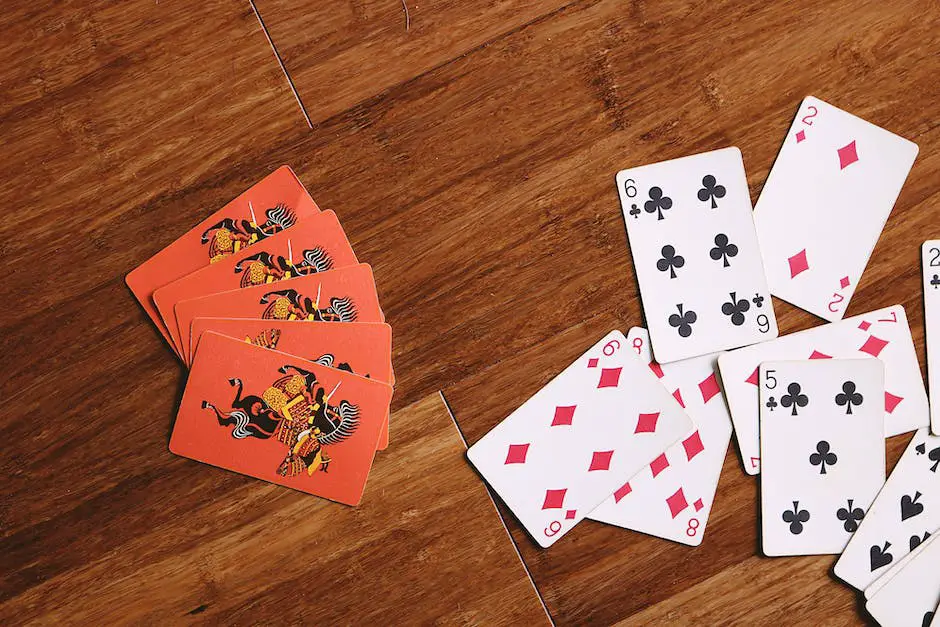
Embarking on the Magic: The Gathering adventure could prove to be an unforgettable experience as you delve into its strategic depth, stunning artistry, and captivating stories. Through the guidance provided in this essay, selecting and making the most out of your MTG starter set can set you on a path towards mastery, enjoyment, and camaraderie with fellow players around the globe. So gather your cards, muster your wits, and join the ranks of passionate planeswalkers on an epic journey through this remarkable game.